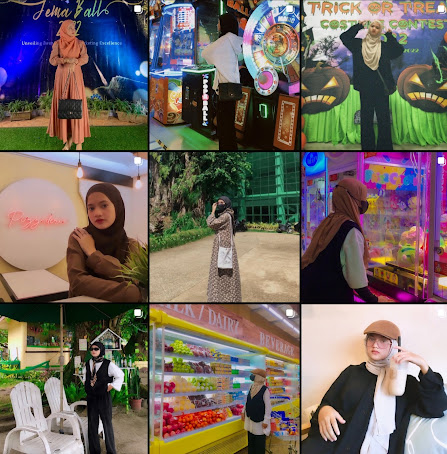Introduction:
The Maranao people of Mindanao, Philippines, have a vibrant cultural heritage that is beautifully expressed through various traditional dances. These dances are not just performances; they are an integral part of Maranao identity, reflecting their history, values, and way of life. In this blog, we'll delve into the captivating world of Maranao cultural dances, exploring the stories and significance behind four distinct and enchanting dance forms.
Singkil: The Royal Dance of the Maranao
Singkil, often referred to as the Royal Dance of the Maranao, is a mesmerizing dance that narrates the legend of Darangen, the Maranao epic. The dance, performed by both men and women, is characterized by intricate footwork as dancers gracefully navigate through bamboo poles arranged in various patterns. The female dancers, donned in colorful Maranao attire, also showcase the skill of balancing a series of agong (gongs) on their heads, adding an extra layer of difficulty and elegance to the performance. Singkil reflects the Maranao people's appreciation for their cultural roots and their ability to preserve their royal heritage through the art of dance.
Sagayan: The Dance of Warriors
Sagayan is a powerful dance that embodies the martial prowess and bravery of the Maranao warriors. The dancers, adorned in vibrant costumes and carrying shields and swords, enact battle scenes through precise and vigorous movements. The rhythmic beats of the kulintang (gong ensemble) intensify the energy of the performance, creating an immersive experience for both the dancers and the audience. Sagayan serves as a tribute to the valor and strength of the Maranao people, encapsulating the spirit of their ancestors who defended their communities with unwavering courage.
Kapagapir: Maranao Fan Dance
Kap Malo-Malong: Dance of the Malong
Also known as Sambi sa Malong, this dance is a visual spectacle that highlights the versatility of the malong, a traditional Maranao woven tube skirt. Dancers skillfully manipulate the malong to create various shapes and forms, showcasing the ingenuity of Maranao craftsmanship. The dance is not only a display of artistic talent but also a reflection of the resourcefulness and adaptability inherent in Maranao culture. Kap Malo-Malong is a vibrant celebration of the Maranao way of life, emphasizing the significance of the malong in their daily activities and rituals.
Conclusion:
Maranao cultural dances serve as a living testament to the rich heritage and traditions of the Maranao people. Each dance form tells a unique story, weaving together the threads of history, identity, and community. As we marvel at the intricate movements and vibrant costumes of Singkil, Sagayan, Kapagapir, and Kapmalo-malong, we gain a deeper appreciation for the cultural tapestry that makes the Maranao people truly extraordinary.

.jpg)







No comments:
Post a Comment